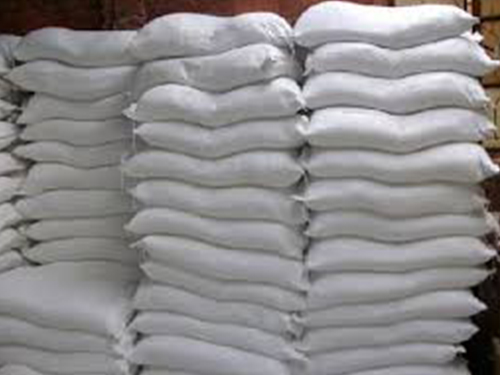LIMESHELL White Wash cem - for painting on walls inner and outer
Whitewash cures through a reaction with carbon dioxide in the atmosphere to form calcium carbonate in the form of calcite, a reaction known as carbonation.
It is usually applied to exteriors; however, it is traditionally used for interiors in food preparation areas, particularly rural dairies, for its mildly antibacterial properties. Occasionally, it is coloured and used on
structures such as the hallways of apartment buildings, but it is not popular for this as it can rub off onto clothing to a small degree. In Britain and Ireland, whitewash was used historically, for both interiors and
exteriors, in workers' cottages, and still retains something of this association with rural poverty. In the United States, a similar attitude is expressed in the old saying: "Too proud to whitewash and too poor to paint".
Whitewash is especially compatible with masonry because it is absorbed easily and the resultant chemical reaction hardens the medium.Lime wash is pure slaked lime in water. It produces a unique surface glow due to the double
refraction of calcite crystals. Limewash and whitewash both cure to become the same material.When whitewash or limewash is initially applied, it has very low opacity, which can lead novices to overthicken the paint.
Drying increases opacity, and subsequent curing increases opacity even further.
In the middle of the 20th century, when family farms with dairy barns were common in the Upper Midwest of the USA, whitewash was a necessary part of routine barn maintenance.A traditional animal barn contains a variety
of extremely rough surfaces that are difficult to wash and keep clean, such as stone and brick masonry, and also rough-cut lumber for the ceiling. Left alone these surfaces collect dust, dirt, insect debris and wastes,
and can become very dirty.
Whitewash aids in sanitation by coating and smoothing over the rough surfaces. Successive applications of whitewash build up layers of scale which flakes off and in the process removes surface debris with it. The coating
also has antimicrobial properties that provide hygienic and sanitary benefits for animal barns.Typically the farm whitewash application is an annual process and has the following steps-Surfaces that are to be protected
from whitewashing are enclosed in plastic sheeting or bags, such as windows, light fixtures, and the milk pipeline in a dairy barn.
The interior is stripped of all removable equipment leaving walls, floors, and ceiling as bare as possible.
A high volume compressed air wand is used to blast away loose whitewash scale from the walls and ceiling. This loose debris is swept into the barn gutter and goes into the manure handling system where it eventually contributes
to soil fertility.
A mobile whitewashing trailer is used to mix the quicklime into a thick liquid, which is then sprayed as an even coating over the interior walls, ceiling, and posts, into all accessible nooks and crevices.
The coating is allowed a few hours to dry and stop dripping from the ceiling, and the protective plastic coverings are removed. Eventually after the walls and ceilings have dried sufficiently, equipment is brought back
into the barn.Nonremovable electric equipment is often enclosed in protective outer shells that prevent whitewash intrusion. For example, circuit breaker panels may be enclosed within wooden cabinetry which keeps the
whitewash spray coating from entering the panel.
